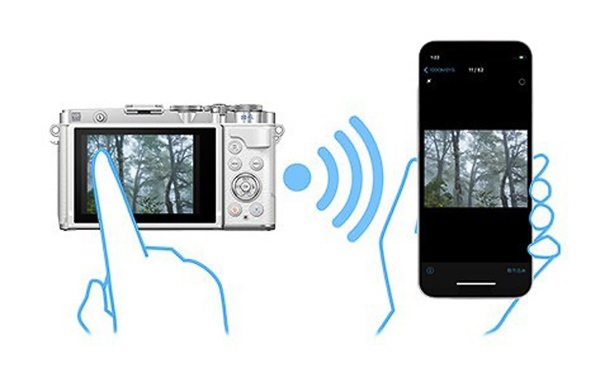Canon EOS M50 Mark II
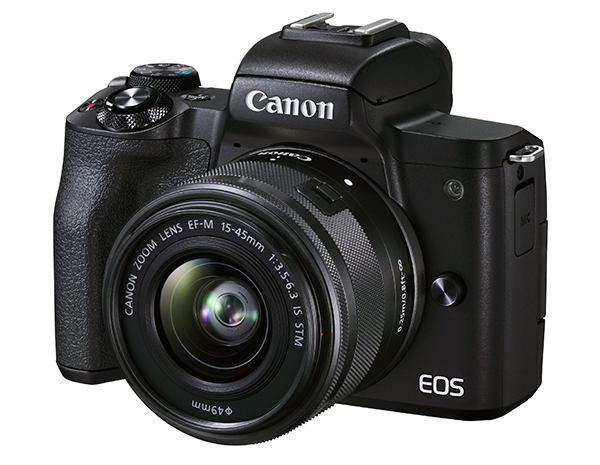
In summary
As a compact, relatively sophisticated and capable camera for those who like to travel light, the EOS M50 II kit ticks plenty of boxes and has real appeal to those who post images and movie clips to social media. For a serious photo enthusiast, it has limitations.
Full review
Announced in October 2020, Canon’s EOS M50 Mark II represents a relatively minor update to the EOS M50 camera, which was one of the company’s best-selling models. The Mark II has the same physical dimensions and single SD card slot as the original EOS M50. It also has the same 24.1-megapixel CMOS sensor, DIGIC 8 image processor, built-in flash, EVF and vari-angle touchscreen monitor. Many internal functions also carry over with most of the updates improving features to attract photographers who share photos and videos via social media channels.

Angled view of the EOS M50 Mark II with the EF-M 15-45mm f/3.5-6.3 IS STM kit lens. (Source: Canon.)
The review camera was supplied with the EF-M 15-45mm f/3.5-6.3 IS STM lens, which is the standard kit lens for the EOS M series and which we reviewed in December 2016. It’s a slow lens with a plastic mount and a 3x zoom range but its retracting design makes it relatively compact and its STM focusing is quiet enough for use when shooting movies.
Who’s it For?
Canon is promoting the EOS M50 Mark II as an ‘all-in-one product for content creators’, which suggests not moved much beyond its predecessor. The previous model was described as an ‘intuitive’ entry-level camera that ‘integrates effortlessly with smart devices’. So while they are still targeting entry-level shooters, the emphasis has shifted from low price to integration with social media.
The original EOS M50 sold well worldwide, in part because it was the cheaper of only two EOS M models with built-in viewfinders. The EVF is unchanged in the new model, as is the vari-angle touch-screen LCD monitor, although the Mark II adds a new tap video record button and movie self-timer to provide a better vlogging experience.
It’s worth noting the EOS M series is incompatible with the RF lenses of Canon’s more sophisticated mirrorless camera range, which are all full-frame cameras thus far. Rivals Nikon and Sony have introduced cropped-sensor cameras that can use the lenses designed for their full-frame cameras.
Build and Ergonomics
The mostly polycarbonate body of the new camera is essentially identical to the original EOS M50. Thus, at only 387 grams with battery and memory card, the Mark II weighs the same as the original EOS M50 and has the same physical dimensions and single UHS-I compatible SD card slot.
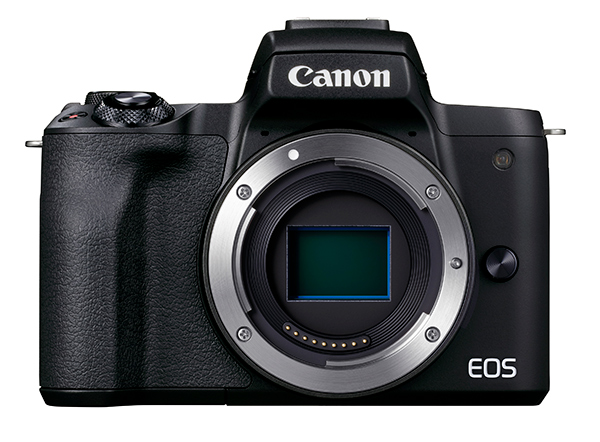
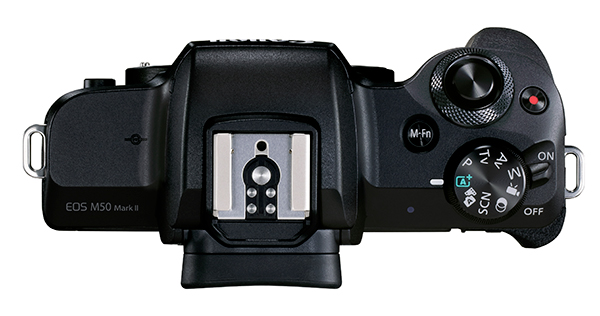
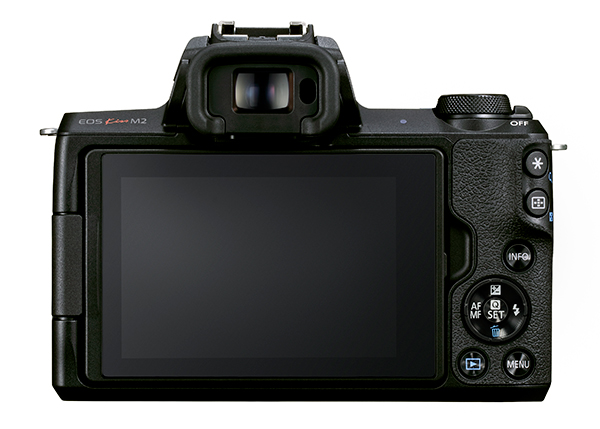
Front, top and rear views of the EOS M50 Mark II with no lens fitted. (Source: Canon.)
Like other M-series cameras (and Canon’s entry-level DSLRs and PowerShots), the M50 II houses its battery and memory card in a single compartment in the grip, accessed via a hatch on the base plate. This can make it tricky to swap the battery or memory card when the camera is tripod mounted.
The battery is the same LP-E12 unit as used in the previous model but its capacity has been extended to approximately 250 shots/charge with the EVF or 305 shots/charge with the monitor (CIPA rating). But, like the original M50, the Mark II doesn’t support USB charging.
The metal-lined tripod socket is in line with the optical axis of the lens, which is welcomed. The Wi-Fi/Bluetooth antenna is located on the right hand side panel, just below the compartment housing the USB socket and HDMI port. Metal strap lugs sit high on each side of the camera body.
A microphone jack sits beneath a plastic cover on the left side panel, enabling the use of the DM-E1 microphone, which can be attached to the hot-shoe. Other accessories that can be used on EOS M bodies include the optional Speedlites, and BR-E1 wireless remote control.
What’s New?
Wi-Fi and Bluetooth connectivity make it easy to share content to social media channels while clean HDMI output allows direct live streaming to YouTube. A popular new addition is likely to be vertical video shooting support for vlogging to social media like Instagram or TikTok, where output will be viewed on smartphone screens. The NFC (near field connection) contact point has been removed from the left side panel.
While the Mark II uses the same Dual Pixel CMOS AF system as its predecessor, it’s based upon 3975 selectable AF points and up to 143 zones across a brightness range from -4 to 18 EV, an improvement on the previous model. While this system is used for stills shooting, contrast AF is used for 4K movie recordings. Eye tracking is available in stills and video modes.
Servo AF has also been added, along with ALL-I compression for time-lapse movies, movie rotation, video snapshot and miniature effect movies modes. The Mark II also gains a built-in stereo microphone plus a 3.5 mm diameter stereo mini plug for external microphones. Movie modes are largely unchanged but recording time has been extended to approximately two hours 10 minutes for Full HD 25 fps recording.
Continuous shooting rates are the same as the EOS M50’s but the buffer capacity increases to approximately 36 frames for JPEGs while retaining the same 10-frame limit for CR3.RAW images. Dual Sensing IS has been added for still photo capture and a C-RAW setting is added to the stills recording options.
Unchanged Features
As noted above, the EOS M50 Mark II uses the 24.1-megapixel CMOS sensor as its predecessor, along with the same DIGIC 8 image processor, electronic viewfinder (EVF) and vari-angle touch-screen monitor. Many internal functions, including the shutter speed and ISO ranges, are also unchanged. We’ve included a table covering resolution and file sizes for readers’ convenience.
Raw files can be recorded with two compression levels, with the C-RAW (Compressed RAW) format replacing the M-RAW and S-RAW settings, which have reduced functionality. There are five size and quality options for JPEGs and simultaneous RAW+JPEG recording is possible with any combination of raw and JPEG sizes.
Users can also choose from four aspect ratios: the standard 3:2 plus 4:3, 1:1 and 16:9 aspect ratios, achieved by cropping JPEGs. Raw files are always recorded with a 3:2 aspect ratio regardless of the camera setting, although a different aspect ratio is encoded in the file to allow Digital Photo Professional to generate a processed image with that aspect ratio when the file is converted into an editable format. The table below provides a guide to the pixel array sizes for 3:2 aspect ratio images.
| File format | Image size/ Compression | Pixels | File size | Maximum burst |
| JPEG | L/ Fine | 6000 x 4000 | 8.4MB | 36 |
| L/ Normal | 4.5MB | 35 | ||
| M/ Fine | 3984 x 2656 | 4.6MB | 34 | |
| M/ Normal | 2.6MB | 34 | ||
| S1/ Fine | 2976 x 1984 | 3.1MB | 34 | |
| S1/ Normal | 1.8MB | 34 | ||
| S2 | 2400 x 1600 | 1.8MB | 34 | |
| CR3.RAW | RAW | 6000 x 4000 | 27.2MB | 10 |
| C-RAW | 15.8 MB | 16 | ||
| RAW+JPEG L | 35.6MB | 10 | ||
| C-RAW+JPEG L | 24.2MB | 14 |
The built-in flash has been augmented with an electronic first curtain flash mode but is otherwise unchanged. Continuous shooting rates are the same as the EOS M50’s but the buffer capacity increases to approximately 36 for JPEGs while retaining the same 10-frame limit for CR3.RAW images.
As in the M50, the native sensitivity range is from ISO 100 to ISO 25600. The new camera offers one stop of ISO expansion but it’s only available through the custom settings.
Aside from the addition of vertical shooting, video recording capabilities are essentially the same as the EOS M50’s, with UHD 4K (3840 x2160 pixels), Full HD (1920 x 1080) and HD (1280 x 720) resolutions available. 4K footage can only be recorded at 25p in PAL format countries and frames are cropped by 1.5x.
Frame rates of 50p and 25p are available at FHD resolution while with HD recordings users can choose between 50p and 100p, the latter being a High Frame Rate Movies mode. Details are provided in the table below.
| Quality setting | Recording file size | Recording time on a 32GB card |
| 4K 25p | 861 MB/minute. | 35 minutes |
| FHD (1080p) 50p | 432 MB/minute | 1 hour, 10 minutes |
| FHD 25p | 217 MB/minute | 2 hours, 20 minutes |
| HD (720p) 100p | 372 MB/minute | 1 hour, 22 minutes |
| HD 50p | 188 MB/minute | 2 hours, 42 minutes |
IPB compression is used for all video recordings, although ALL-I compression is available for time-lapse recordings, which are unchanged from the previous model. HD resolution is not supported in time-lapse recordings. Canon’s Video Snapshot mode is also available.
Playback and Software
Nothing much has changed here. Two playback screen options are provided and both can show the current file number and number of images recorded on the card as well as the folder and file numbers. The file format, image quality and whether the image has been cropped or edited can also be displayed, as well as the shutter speed, aperture value, exposure compensation and ISO value. Other icons that can be shown include the metering mode, histogram (brightness or RGB), highlight tone priority, auto lighting optimiser, airplane mode, rating, protection, Wi-Fi status, battery level and Bluetooth mode.
As is usual, the instruction manuals for the camera and lens must be downloaded from the support pages on Canon’s website. Links are provided in the printed user manual supplied with the camera.
The software must also be downloaded from Canon’s website and includes the Digital Photo Professional raw file converter as well as Picture Style Editor for creating custom Picture style files and EOS Utility for transferring files between the camera and a computer. Again, links are provided in the user manual.
Performance
We expected the performance of the Mark II model to be similar to that of the original EOS M50 because both cameras have the same sensor and processor and the same lens was supplied for each review. As before, we used the same focal length and aperture settings to assess the performance of both cameras (although other aperture settings were also considered in the final evaluations).
Our Imatest tests showed the review camera fell just below expectations for the 24.2-megapixel sensor with JPEG files but comfortably exceeded expectations with the CR3.RAW files, which were converted into 16-bit TIFF format with the latest iteration of Adobe Camera Raw. Interestingly, the results from the raw files recorded simultaneously with the JPEGs were somewhat different from the M50 results.
While measurements around the centre of the frame were higher, those from near the edges of the frame were generally lower, probably because no lens aberration corrections were applied when the files were converted into TIFF format, whereas the JPEG files were corrected automatically. The graph below shows the results of our Imatest tests across the camera’s sensitivity range.
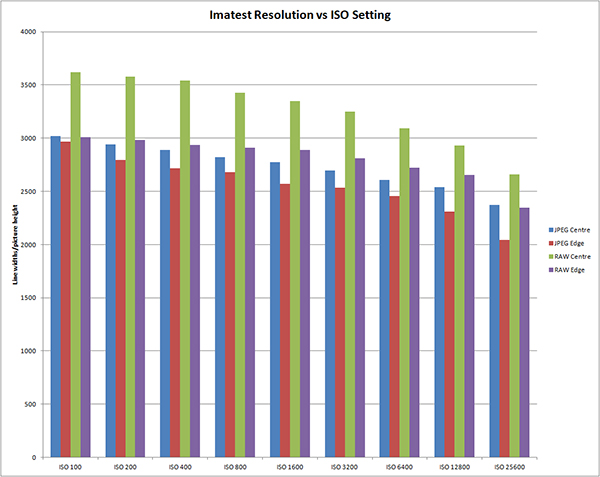
Shots taken in low light levels were almost noise-free up to ISO 12800, a one-stop improvement on the previous model. By ISO 25600, softening was obvious when images were enlarged a little, although granularity was not as noticeable. Noise was obvious at the ISO 51200 extended setting. Image colours remained true to life and contrast was largely retained throughout the sensitivity range.
Autofocusing was generally fast and accurate, which we expected from the Dual Pixel AF system. There was no discernible difference in focusing performance between bright ambient lighting and our night-time tests, provided there was something to lock onto.
The built-in flash produced under-exposed shots with the 45mm focal length at ISO 100 but managed correct exposures between ISO 400 and ISO 3200 (inclusive), thereafter producing increasing levels of over-exposure up to ISO 12800 and ISO 25600, which were grossly over-exposed unless aperture settings were adjusted to compensate. We didn’t bother testing the extended sensitivity setting since the camera ran out of shutter speed and aperture adjustments with the extended setting.
Auto white balance performance was slightly better than the M50’s, with close-to-neutral colours under fluorescent and flash lighting. The ambience priority setting failed to correct the orange bias of warm-toned LED and incandescent lighting but the white priority setting provided visibly better correction of both lighting types than most other cameras we’ve reviewed. All of the pre-sets tended towards slight over-correction but manual measurement produced neutral colours under each type of lighting.
Video quality was similar to the recordings we’ve made with other cameras with similar 4K and HD recording capabilities. Clips recorded in contrasty lighting captured an acceptably wide dynamic range, and the camera was able to handle changes in light levels quite smoothly. The autofocusing system was able to keep track of most moving subjects, although occasionally subjects entering from the edges of the frame weren’t picked up straight away. Audio quality was acceptable for the size and location of the built-in microphones but not up to a serious videographer’s standard.
You can add an external mic if you want better soundtracks and the camera provides a plug for connecting it plus menu settings that enable users to monitor audio recordings and filters for wind noise suppression and attenuation. (There’s no information on these functions in the user manual supplied with the camera.) No camera noises were detected in the movie soundtracks we recorded.
We conducted our timing tests with a 16GB Lexar Professional SDHC I Class 10 card which supports a read/write speeds of up to 95MB/s. Powering up the camera is delayed by the need to unlock the lens, which takes a second or two. If the lens was unlocked, the review camera took roughly 1.1 seconds, on average, to be ready for shooting.
We measured an average capture lag of 0. 1 seconds when the shutter button was used to trigger the exposure and 0.2 seconds with the touch shutter. This lag was eliminated with pre-focusing when the shutter button was used but remained unchanged for the touch shutter.
It took 0.9 seconds on average to process a large/Fine JPEG file, 2.9 seconds for a CR3.RAW file, 3.4 seconds for a CR3.RAW plus JPEG pair and 3.1 seconds for a C-RAW plus JPEG pair. Shot-to-shot times averaged 0.45 second without flash and 1.1 seconds when the flash was used.
In the continuous shooting mode the review camera recorded 30 Large/Fine JPEGs in 3.1 seconds before pausing. This is equal to a capture rate of 10 frames/second as is specified for the camera. It took 13.3 seconds to complete processing of this burst.
With CR3.RAW files, recording stopped after 10 frames, which were recorded in one second, which is the specified frame rate. This burst took 16.9 seconds to process.
Changing to the C-RAW setting enabled the buffer memory to accommodate 16 frames, which were recorded in 1.6 seconds, also at to the 10 fps frame rate. Processing was completed in 16.1 seconds. When we switched to recording C-RAW+JPEG pairs, the frame rate remained at 10 fps and the buffer capacity at 16 frames. It took 17.7 seconds to process this burst.
Conclusion
Please Login or Register to access the Conclusion.
SPECS
Image sensor: 22.3 x 14.9 mm CMOS sensor with 25.8 million photosites (24.1 megapixels effective) with Primary Colour filter and fixed low-pass filter
Image processor: DIGIC8
Lens mount: EF-M(EF and EF-S lenses compatible via mount adapter EF-EOS M)
Focal length crop factor: 1.6x
Image formats: Stills: JPEG (DCF Ver. 2.0, Exif Ver. 2.31), CR3.RAW (14-bit), RAW+JPEG; Movies: MP4 (H.264/MPEG-4 AVC
Audio: AAC
Image Sizes: Stills 3:2 aspect ratio – 6000 x 4000, 3984 x 2656, 2976 x 1984, 2400 x 1600; Movies: 4K – 3840 x 2160 (25p), Full HD – 1920 x 1080 (50p, 25p, 24p), HD – 1280 x 720 (100p, 50p)
Aspect ratios: 4:3, 3:2, 16:9, 1:1
Image Stabilisation: Lens-based optical; in-camera digital IS available for movies
Dust removal: EOS integrated cleaning system
Shutter (speed range): Electronically controlled focal-plane shutter (30-1/4000 seconds plus Bulb
Exposure Compensation: +/-3EV in 1/3EV steps
Exposure bracketing: 3 frames across +/-2EV in 1/3EV steps
Self-timer: 2 or 10 seconds delay plus10 seconds for specified number of shots
Interval recording: Yes, for time-lapse movies
Focus system: Dual Pixel CMOS AF System (contrast-detection used during 4K movie recording); maximum143/99 points depending on lens; max. 25 frames in Zone AF
AF selection: One-Shot AF, Servo AF, Face + Tracking, Eye AF available in One Shot AF, Manual zone selection, 1-pointAF
Focus modes: AFS (Single) / AFC (Continuous) / MF
Exposure metering: 384-zone evaluative metering system plus Partial (6.4% of Live View screen), Centre-weighted average (movie recording only) and Spot (2.8% of Live View screen) metering patterns
Shooting modes: Scene Intelligent Auto, Hybrid Auto, Creative Assist (Background Blur, Brightness, Contrast, Saturation, Colour Tone 1 & 2, Monochrome [Off/Black and white/Sepia/Blue/Purple/Green]), SCN (Self-Portrait, Portrait, Smooth Skin, Landscape, Sports, Close-up, Food, Panning, Handheld Night Scene, HDR Backlight Control, Silent Mode) Program AE, Aperture Priority AE, Shutter Priority AE, Manual Exposure
Picture Style modes: Auto, Standard, Portrait, Landscape, Fine Detail, Neutral, Faithful, Monochrome, User Defined (x3)
Creative Filter modes: Grainy B/W, Soft Focus, Fish-eye Effect, Water painting effect, Toy camera effect, Miniature effect, HDR Art (standard, vivid, bold, embossed)
Colour space options: sRGB and Adobe RGB
In-camera image processing: Highlight Tone Priority (standard and enhanced), Auto Lighting Optimiser (4 settings), Long exposure noise reduction, High ISO speed noise reduction (4 settings + Multi Shot NR), Lens peripheral illumination correction, Chromatic aberration correction, Diffraction correction
ISO range: Auto, ISO 100-12800 plus expansion to ISO 25600; ISO 100-6400 for movies
White balance: AWB with ambience/white priority, Daylight, Shade, Cloudy, Tungsten light White fluorescent light, Flash, Custom, Colour temperature (100K steps); +/- 9 levels of WB compensation across blue/Amber and Magenta/Green axes
Flash: Built-in GN 5 E-TTL flash with max. coverage at 15mm, recycle time approx. 3 seconds; X-sync at 1/200 sec.; hot-shoe for external flashguns
Flash modes: Auto (with/without red-eye reduction), 2nd curtain sync
Flash exposure adjustment: +/- 2 EV in 1/3EV steps
Sequence shooting: Max. 10 shots/sec. with locked AF
Buffer capacity: Max.36 Large/Fine JPEGs, 10 RAW files
Storage Media: Single slot for SD, SDHC, SDXC cards (UHS-I compatible)
Viewfinder: 0.39-type OLED EVF with 2,360,000 dots, 100% FOV, 22mm eyepoint, dioptre correction (unspecified amount)
LCD monitor: Vari-angle 3-inch touchscreen LCD (TFT) with 3:2 aspect ratio, 1,040,000 dots. 100% FOV coverage
Interface terminals: USB-C, HDMI (Micro – Type-D connector). PictBridge support for Canon printers
Wi-Fi function: Built-in Wi-Fi (IEEE802.11b/g/n) 2.4 GHz only, 1-11 ch with ; Bluetooth v4.1 (Bluetooth Low Energy)
Power supply: LP-E12 rechargeable Li-ion battery; CIPA rated for approx. 250 shots/charge with EVF, 305 shots/charge with monitor
Dimensions (wxhxd): Approx. 116.3 x 88.1 x 58.7 mm
Weight: Approx. 387 grams with battery and card
Distributor: Canon Australia; 1800 021 167
TESTS
Based on JPEG files taken with the EF-M 15-45mm f/3.5-6.3 IS STM kit lens.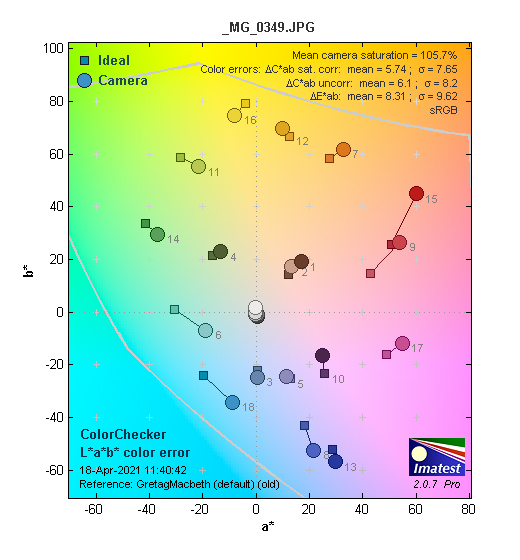
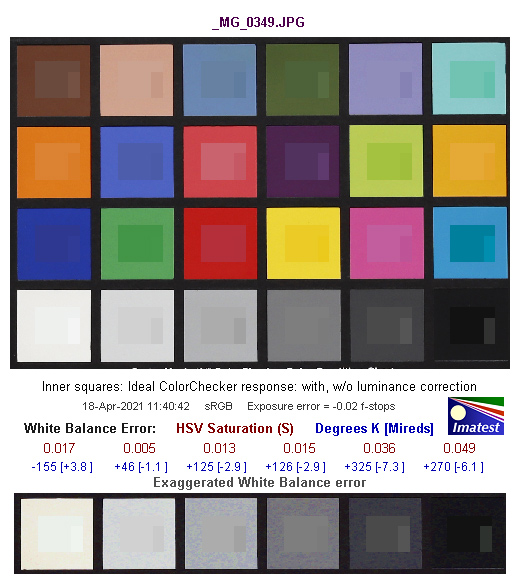
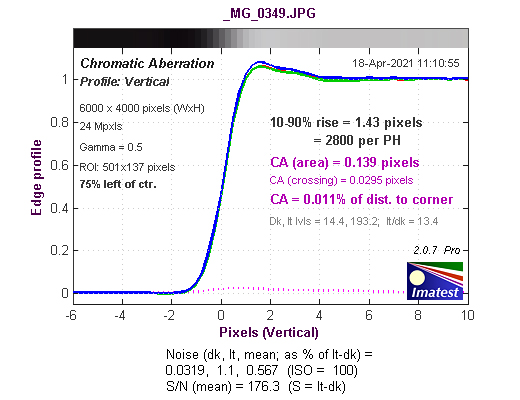
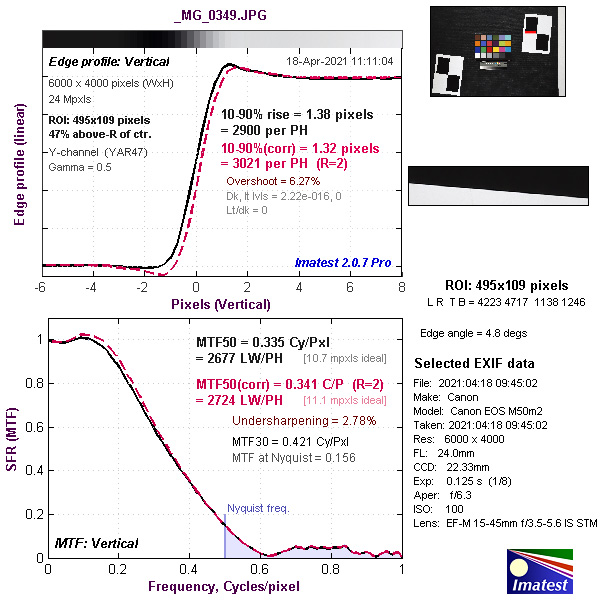
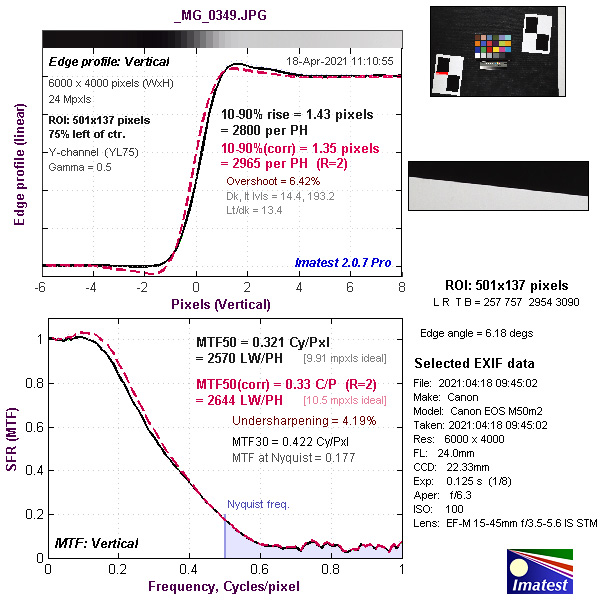
Based on CR3.RAW files recorded simultaneously and converted into 16-bit TIFF format with Adobe Camera Raw.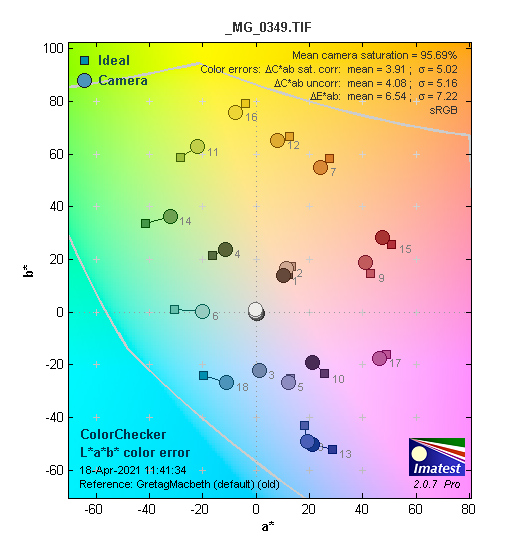
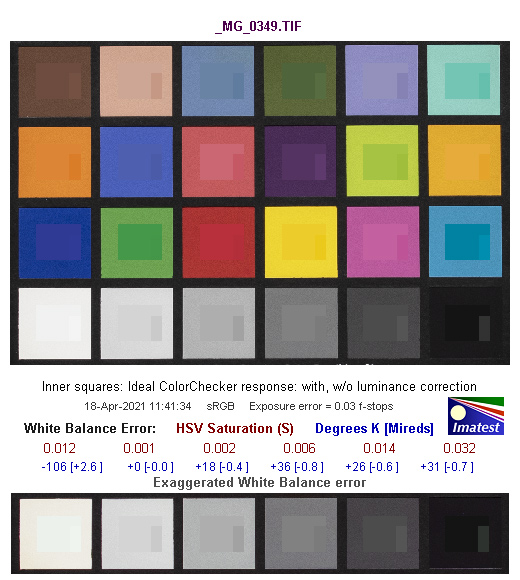
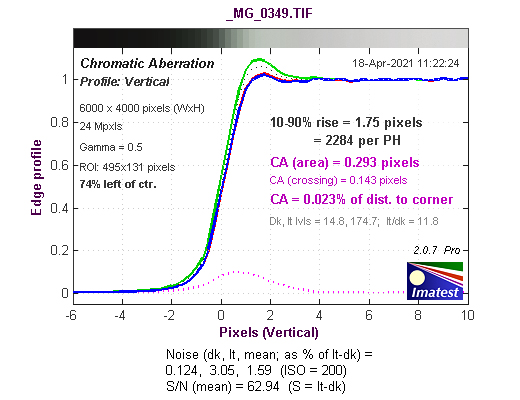
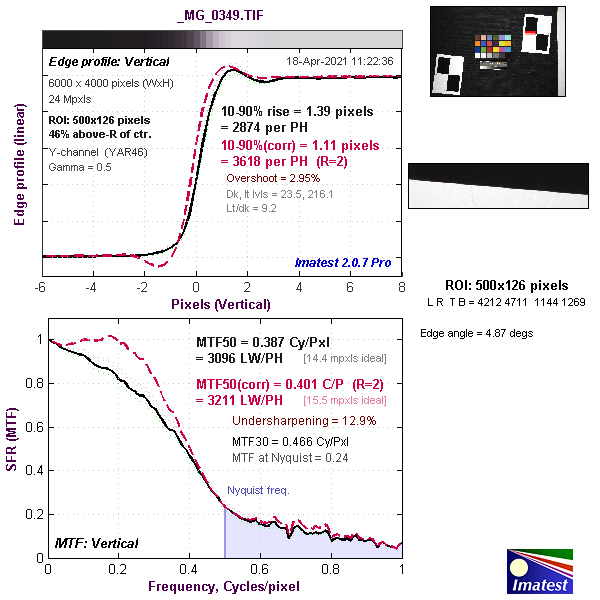
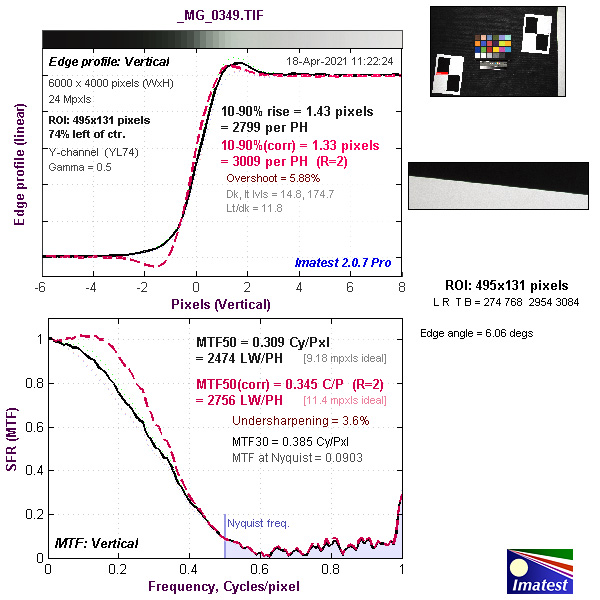
SAMPLES
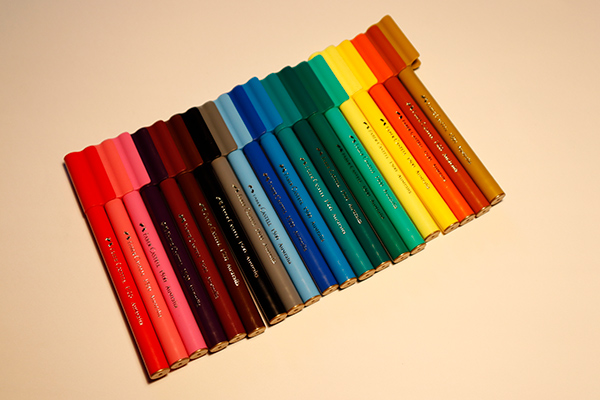
Auto white balance with incandescent lighting; ambience priority.
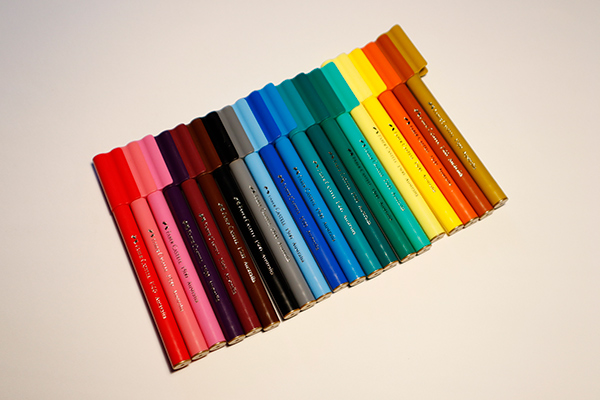
Auto white balance with incandescent lighting; white priority.
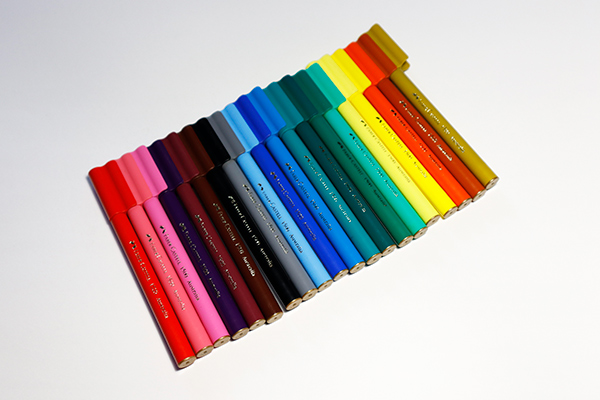
Auto white balance with fluorescent lighting.
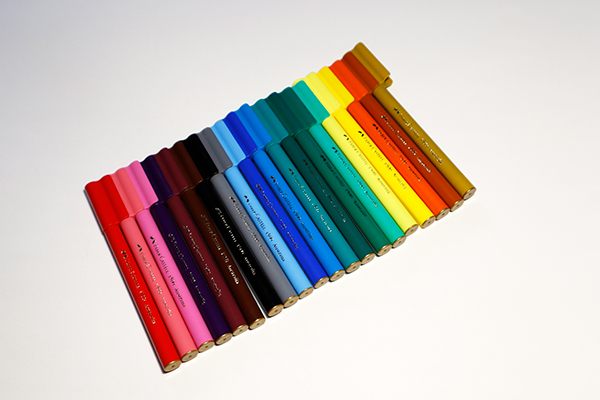
Auto white balance with warm-toned LED lighting; ambience priority.
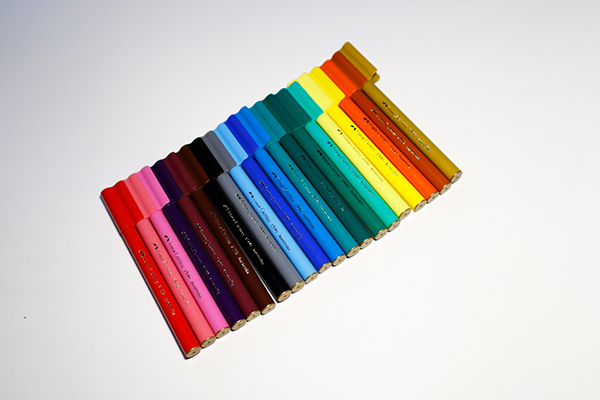
Auto white balance with warm-toned LED lighting; white priority.
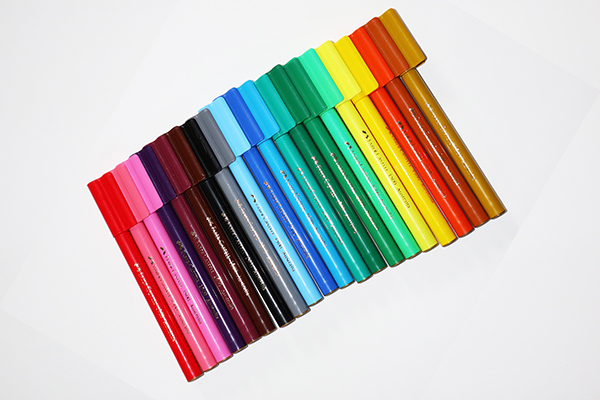
Auto white balance with flash.
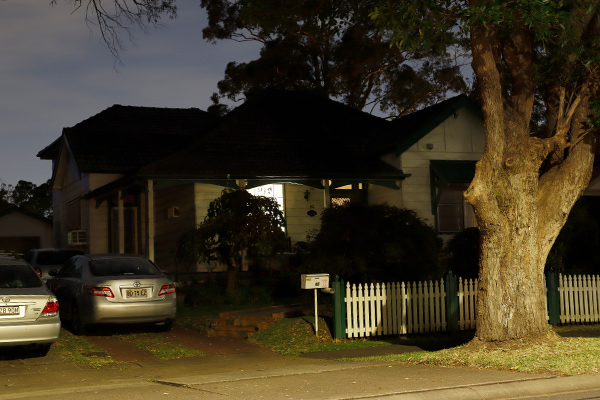
30-second exposure at ISO 100, 33mm focal length, f/5.
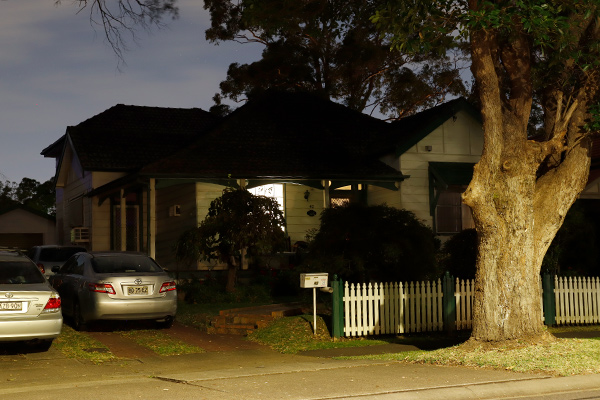
30-second exposure at ISO 400, 33mm focal length, f/6.3.
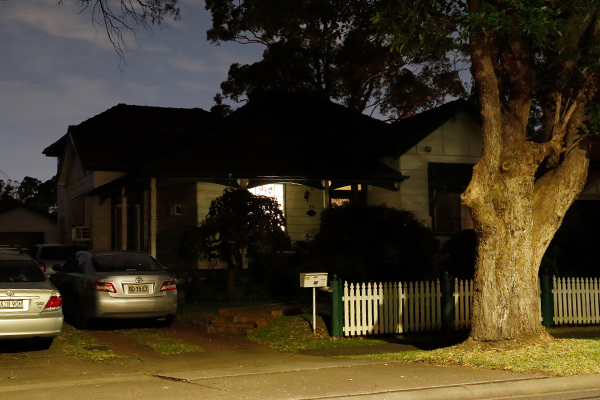
10-second exposure at ISO 3200, 33mm focal length, f/7.1.
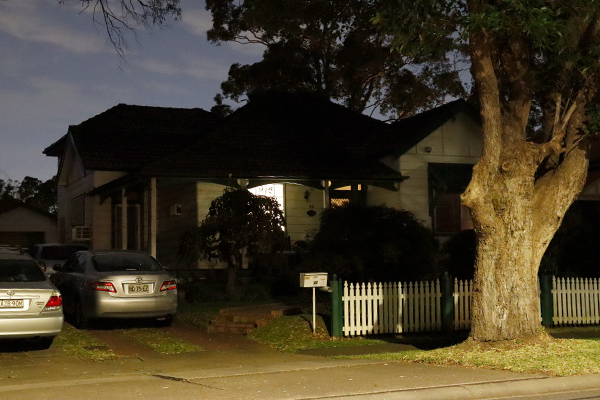
5-second exposure at ISO 6400, 33mm focal length, f/7.1.
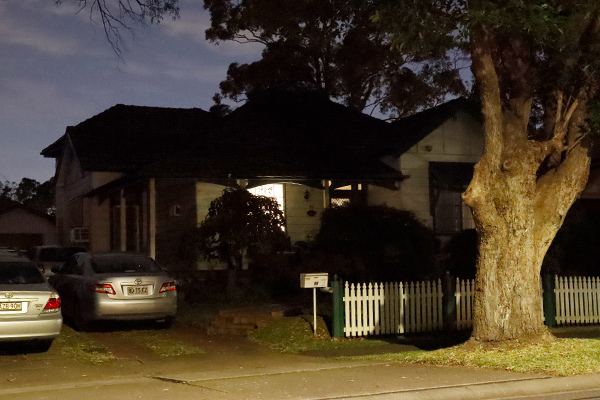
5-second exposure at ISO 12800, 33mm focal length, f/10.
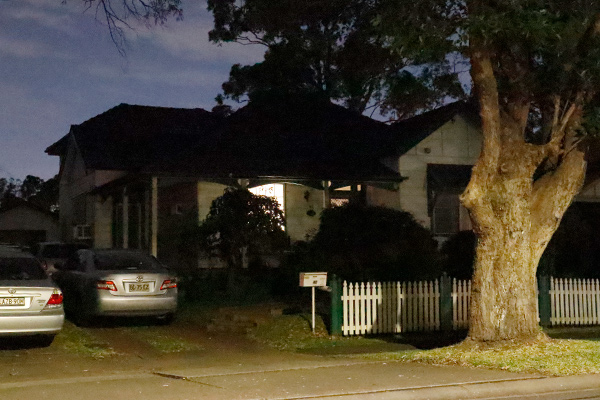
1.3-second exposure at ISO 25600, 33mm focal length, f/10.
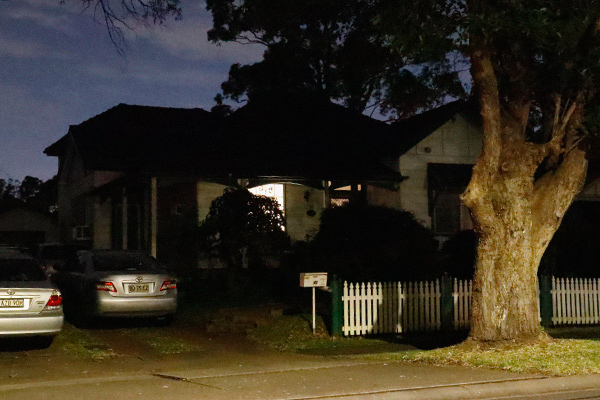
1-second exposure at ISO 51200, 33mm focal length, f/13.
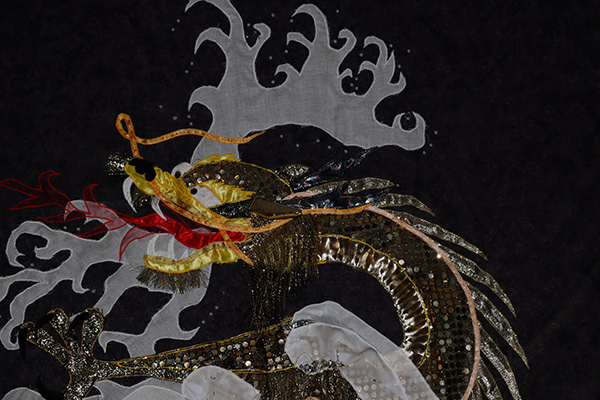
Flash exposure 45mm focal length, 1/60 second at f/6.3, ISO 100.
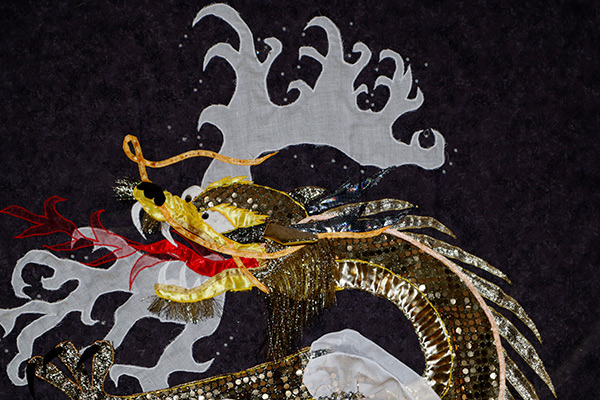
Flash exposure 45mm focal length, 1/60 second at f/6.3, ISO 400.
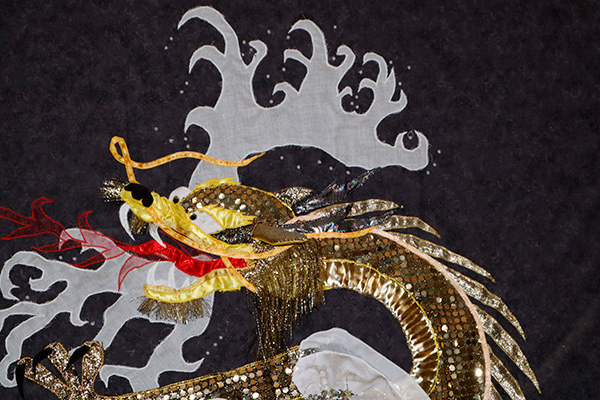
Flash exposure 45mm focal length, 1/60 second at f/6.3, ISO 3200.
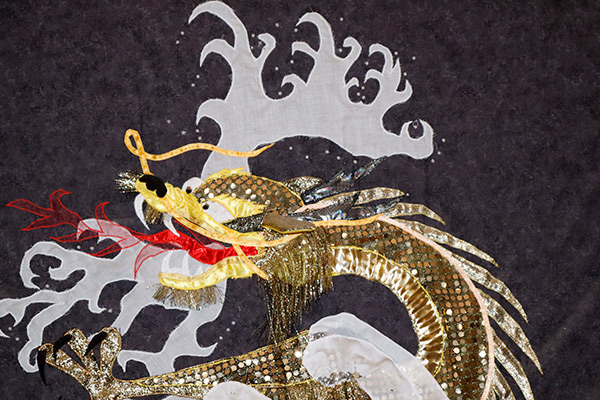
Flash exposure 45mm focal length, 1/60 second at f/7.1, ISO 6400.
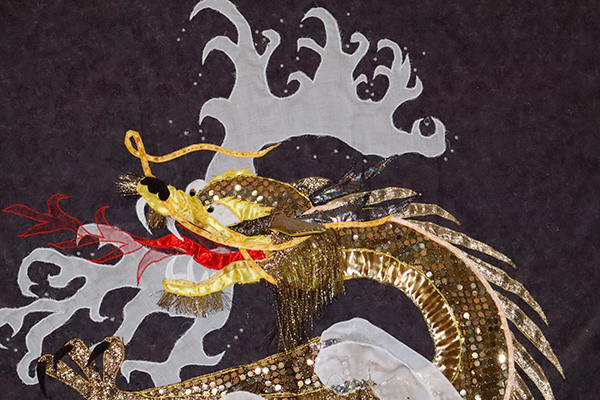
Flash exposure 45mm focal length, 1/60 second at f/11, ISO 12800.
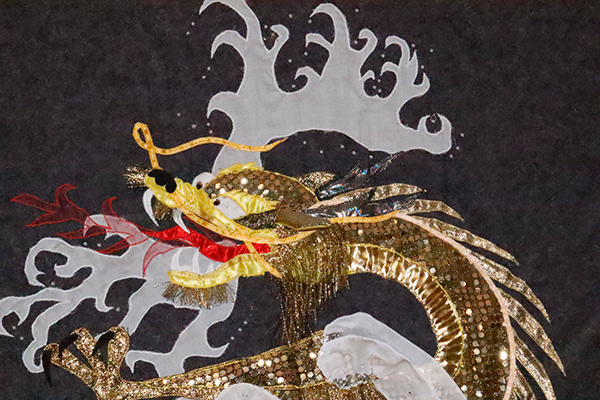
Flash exposure 45mm focal length, 1/60 second at f/16, ISO 25600.
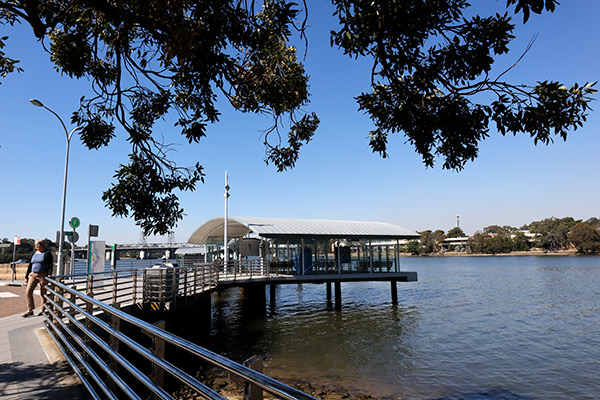
14mm focal length, ISO 100, 1/400 second at f/9.
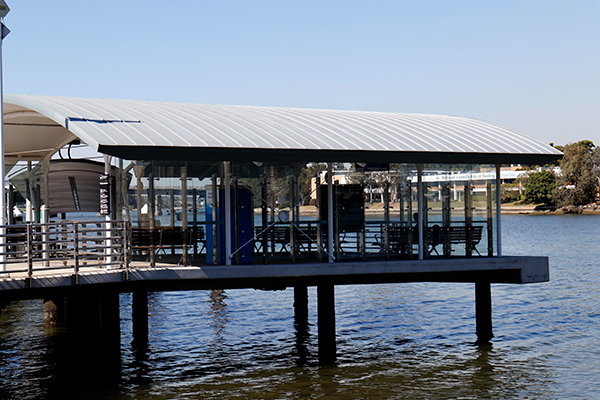
45mm focal length, ISO 100, 1/125 second at f/8.
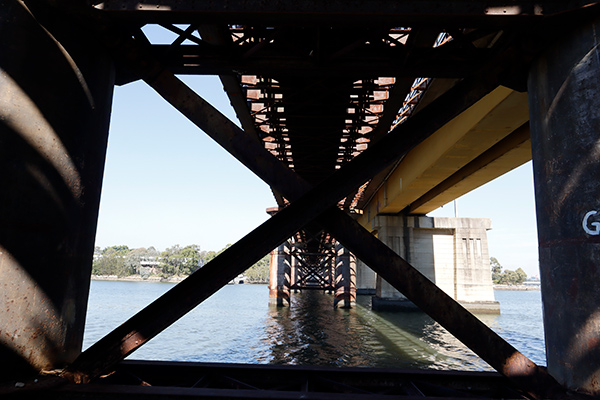
14mm focal length, ISO 160, 1/80 second at f/11.
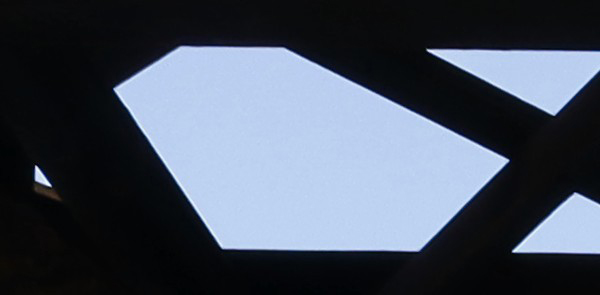
Crop from the above image at 100% magnification showing slight coloured fringing.

45mm focal length, ISO 400, 1/100 second at f/11.
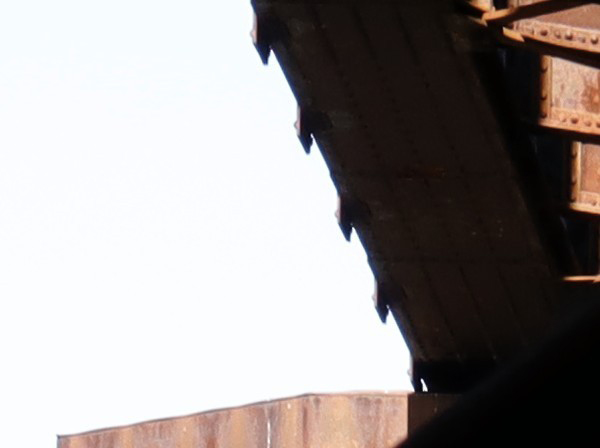
Crop from the above image at 100% magnification.
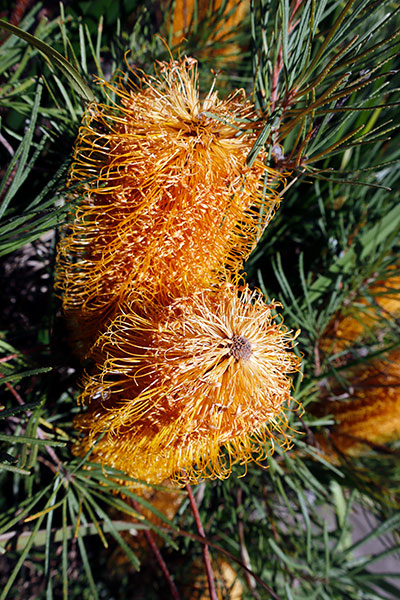
Close-up at 15mm focal length, ISO 100, 1/400 second at f/8.
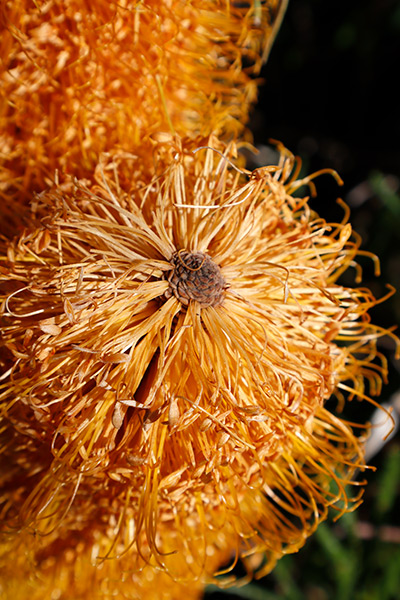
Close-up at 45mm focal length, ISO 100, 1/250 second at f/11.
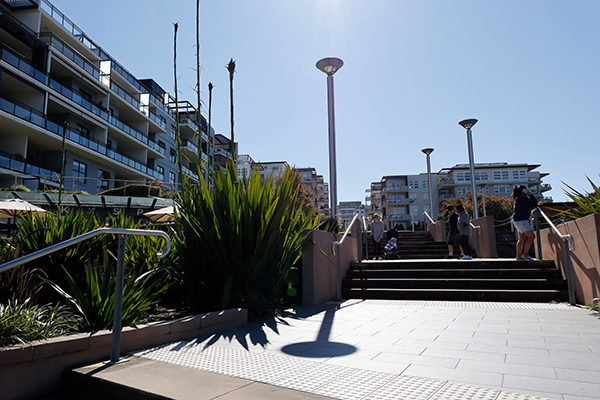
Strong contre-jour lighting; 15mm focal length, ISO 100, 1/320 second at f/8.
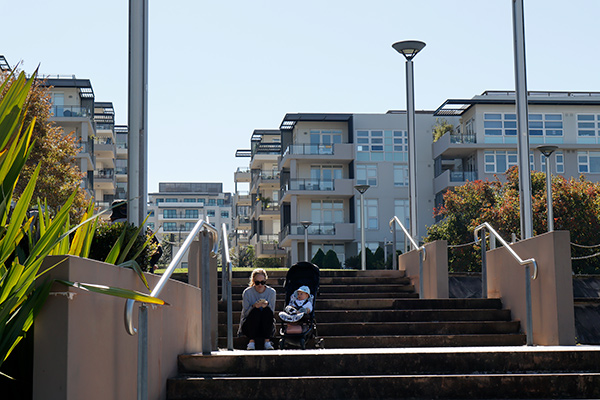
Backlighting; 45mm focal length, ISO 100, 1/160 second at f/9.
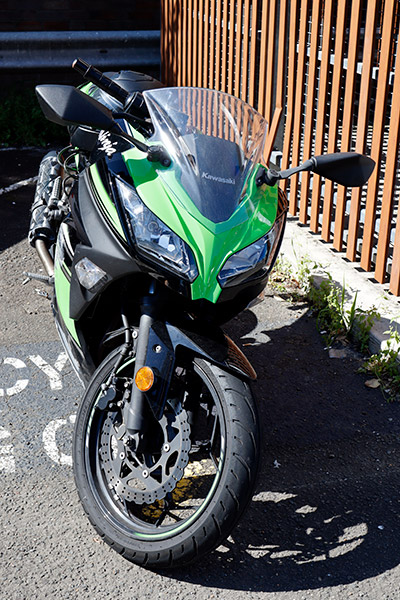
32mm focal length, ISO 100, 1/125 second at f/7.1.
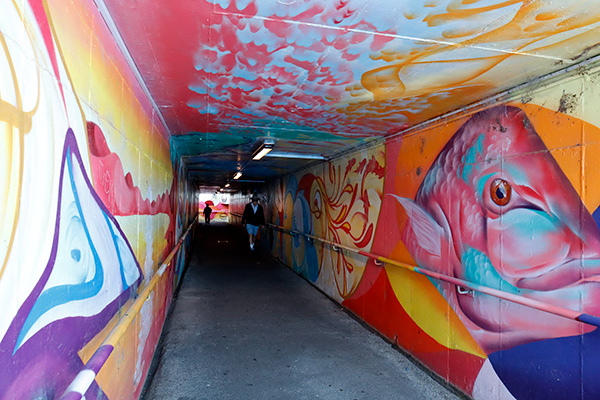
15mm focal length, ISO 2000, 1/60 second at f/8.
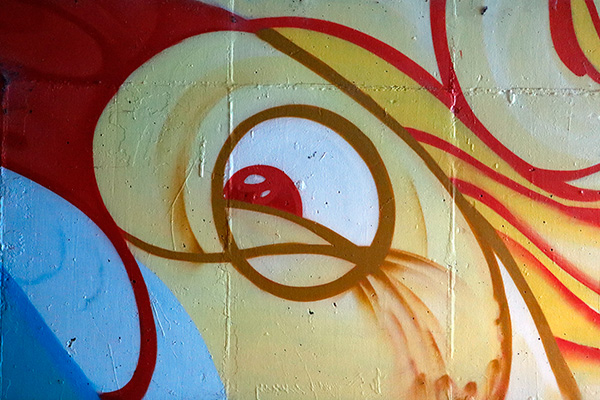
25mm focal length, ISO 6400, 1/80 second at f/6.3.

45mm focal length, ISO 100, 1/80 second at f/6.3.
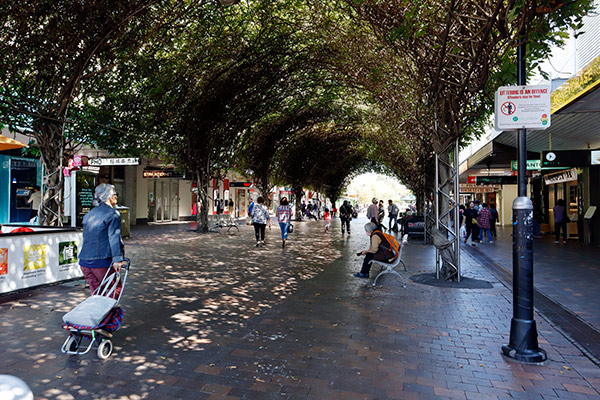
15mm focal length, ISO 400, 1/60 second at f/9.
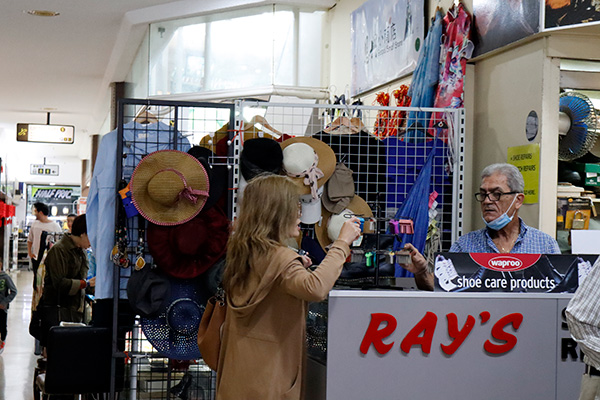
45mm focal length, ISO 5000, 1/100 second at f/7.1.
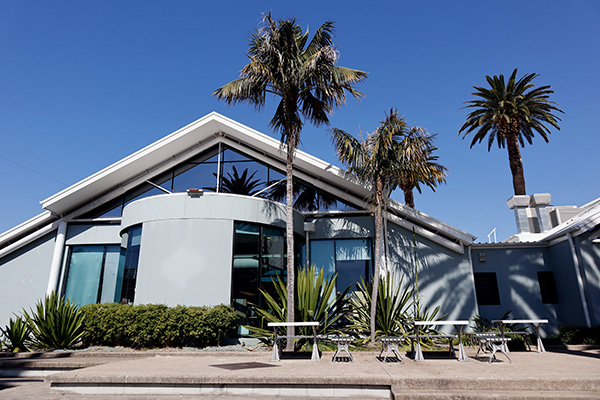
15mm focal length, ISO 100, 1/500 second at f/6.3.

15mm focal length, ISO 100, 1/80 second at f/11.
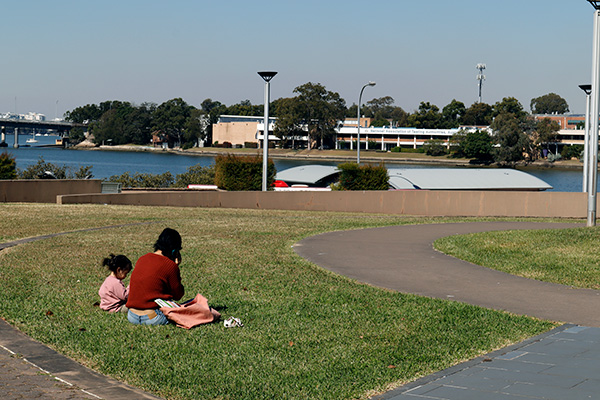
45mm focal length, ISO 100, 1/250 second at f/11.
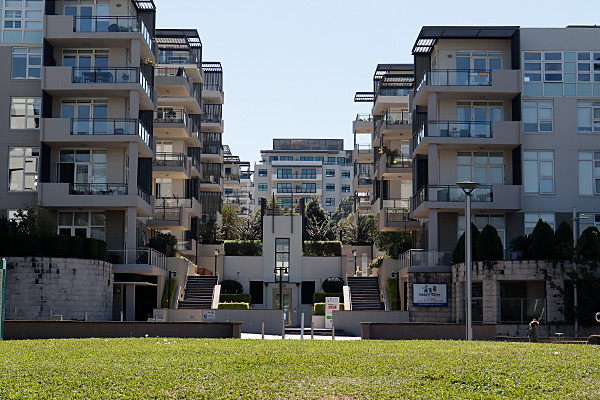
45mm focal length, ISO 100, 1/160 second at f/9.

45mm focal length, ISO 100, 1/160 second at f/7.1.
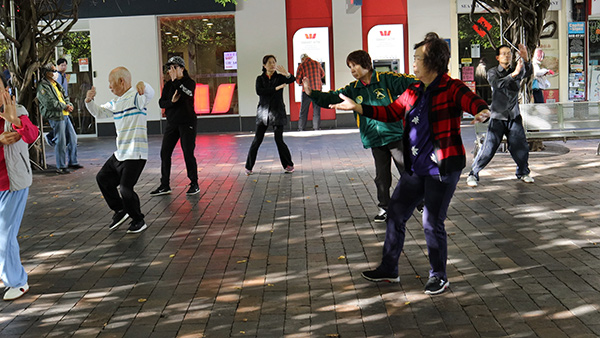
Still frame from 4K (3840 x 2160pixels) video clip recorded at 25 fps.
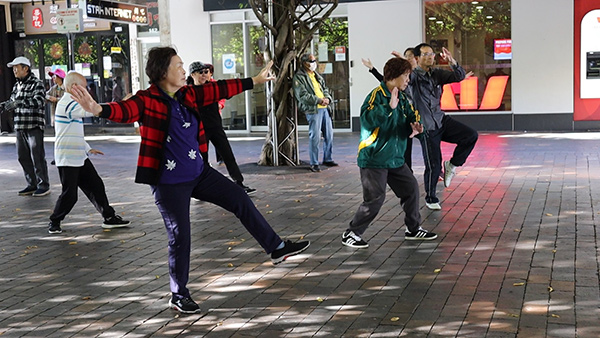
Still frame from Full HD (1920 x 1080 pixels) video clip recorded at 50 fps.
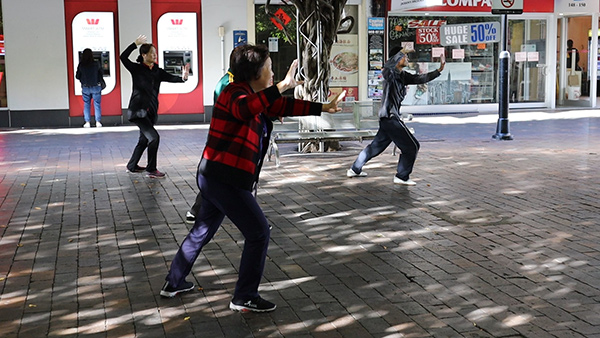
Still frame from Full HD (1920 x 1080 pixels) video clip recorded at 25 fps.
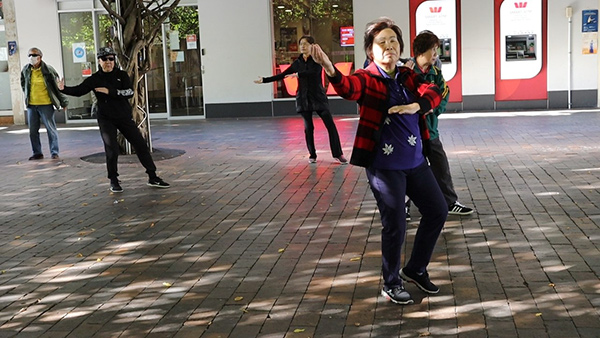
Still frame from HD (1280 x 760 pixels) video clip recorded at 50 fps.
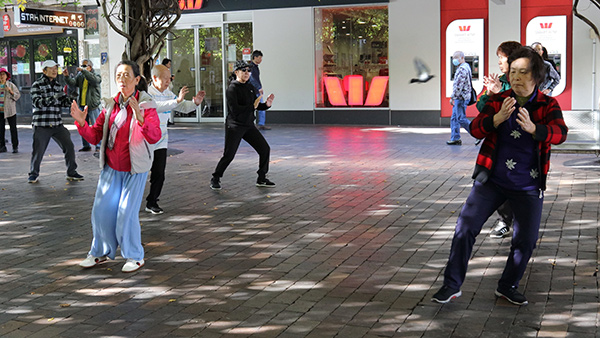
Still frame from HD (1280 x 760 pixels) video clip recorded at 25 fps.
Rating
RRP: AU$1190; US $699.99 (with EF-M 15-45mm f/3.5-6.3 IS STM kit lens)
- Build: 8.8
- Features: 8.8
- Ease of use: 8.9
- Autofocusing: 8.9
- Still image quality JPEG: 8.8
- Still image quality RAW: 9.0
- Video quality: 8.8


